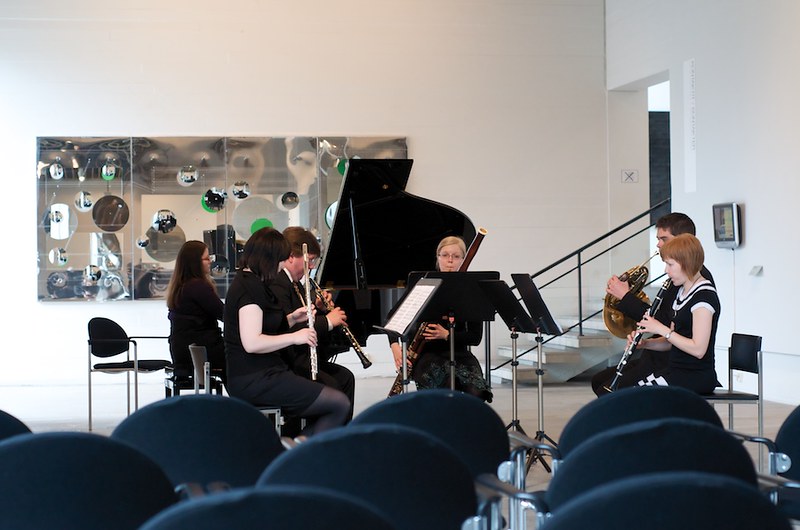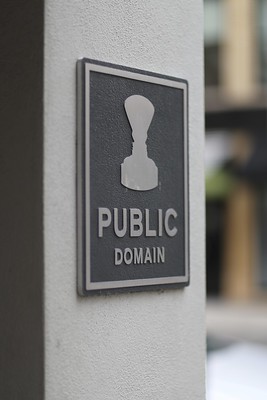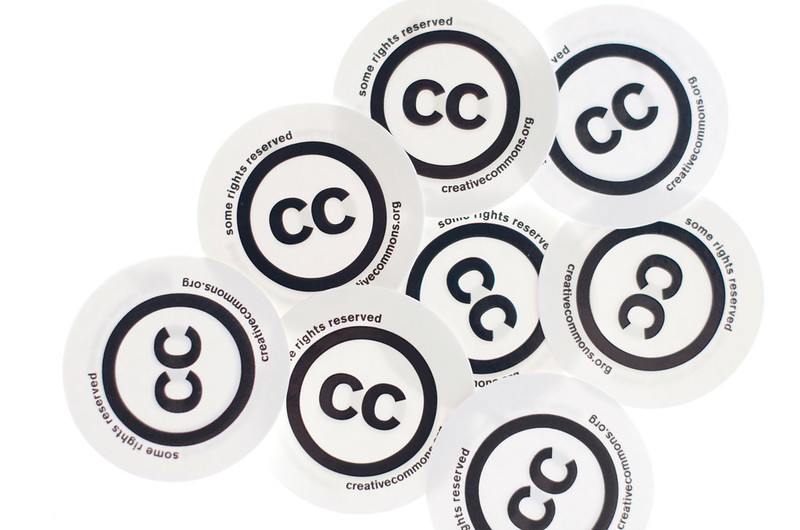Assignment Three
This is work in support of my third assignment for the Creative Commons Certificate for Educators. The topic for this unit is “Anatomy of a CC License. I am going to approach this assignment through examples of images using all of the six Creative Commons licenses, showing the three layers of CC licenses, the four elements of the CC License suite, as well as some background and discussion of the interaction of CC licenses with copyright law and works in the public domain. I will also be recording a video version of this presentation but in Spanish for my #TechEduTips series.
You may also note that the six images in this presentation give examples of the six CC licenses.
Three Layers

There are three views on the licenses created by Creative Commons:
- The legalese versions. These are critical for the backbone and giving these licenses legal form that allows them to be enforced internationally. As an example, take a look at the legal code for the least restrictive CC license (CC BY-4.0). I am not a lawyer, I can understand parts of the words on this page but as an educator I am happy that the legal description exists.
- The common person view. This is the version of the licenses that we can read and understand as both creators of work to help us decide which license to use. This is also a readable version for those wanting to understand what the license means that is applied to a work that person may want to use or remix. Again, let’s look at the description for the CC BY-4.0 license.
- The computer version of the licenses allows us to use a regular format for displaying CC licenses on our creations that can be parsed by computers and in particular search engines. This allows for easy identification of work that meets the CC criteria we are looking for as users of work. This is defined by the Creative Commons Rights Expression Language (CC REL) which you can find documented at the Creative Commons wiki. You can view an example of how to include this code on a CC BY-4.0 work.
Four Elements

There are four elements that can be combined to create one of the six possible CC licenses:
- BY: Attribution, must be given to the original creator.
- SA: ShareAlike, this marks a license in what some know as “copyleft” where if one uses a work with this element in a new creation, the new work must be licensed under a compatible license. More details found on this excellent page about compatible licenses with the SA element.
- ND: NoDerivs, this element marks a license to not allow changes in the form of adaptations or derivatives in newly licensed work using the original.
- NC: NonCommercial, anyone using a work licensed with this element can not use it for commercial gain.
Six Licenses

All Creative Commons licenses include the Attribution (BY) element which leaves the option of including (or not) the other three elements. In theory this would give eight (two by two by two) possible combinations but there are only six as two combinations would actually not make sense (any combination of ND with SA). You can find the full list at the following URL https://creativecommons.org/licenses/ but here they are listed:
- CC BY: the least restrictive of the CC licenses
- CC BY-SA: the “copyleft” license.
- CC BY-ND: the “use my work but don’t change it” version.
- CC BY-NC: the “use my work but don’t profit from it” version.
- CC BY-NC-SA: the “use my work but don’t profit from it and share back” version.
- CC BY-NC-ND: the “use my work but don’t profit and don’t change it” version.
But… Fair Use

It is important to point out two more points and this is the first of those. We must remember that the Creative Commons Licenses are built on top of the copyright laws which I explained in my previous post, Copyright Law. One cannot take away any fair use or any other right granted to users of works already provided by copyright.
The Public Domain

There are a few points to make here and they are explained in detail in the section about public domain in the CC FAQ:
- First, the Creative Commons licenses should not be applied to works that are already in the public domain. We should note that the automated entry of works into the public domain can vary depending on country.
- Second, one can use a CC license on work that includes other work from the public domain (or work under full copyright via fair-use) but it must be made clear the works that are not under the given CC license.
- Third, one can choose to dedicate their own work to the Public Domain using the “No Rights Reserved” via the CC0 (zero, not ‘oh’) tool, details of which can be found at https://creativecommons.org/share-your-work/public-domain/cc0
License

This work is licensed under a Creative Commons Attribution 4.0 International License.
Featured Image Credit

Video Version (Spanish)
For #TechEduTips.
Mentions